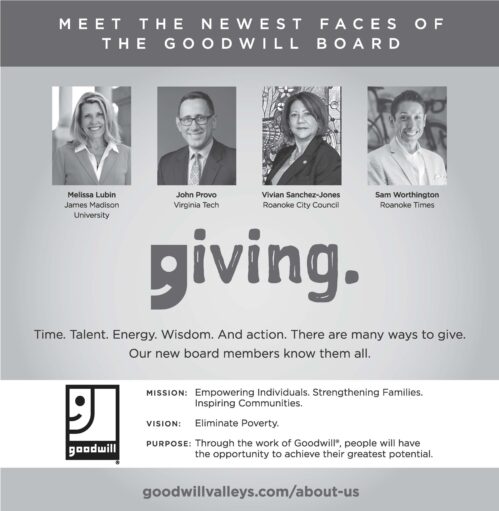Last week, after a restful Thanksgiving, my family made a deliberate choice to #OptOutside on Friday. #OptOutside is a growing movement in which participating organizations and companies close their doors on Black Friday, give their employees a paid day off, and encourage all of us to embrace the serenity of nature instead of succumbing to the frenzy of Black Friday shopping. I’m an outdoors enthusiast, from a long line of outdoors enthusiasts.
As a dad, I try to instill a strong love of nature in my kids and make sure they reap the vast benefits of spending time outside in and among nature. However, I’m aware that my family’s ability to enjoy the outdoors is a blessing that’s been denied to far too many other Black families. Like pollution and climate change, inadequate access to nature is not a crisis shouldered equally.
Sadly, it won’t surprise you that it falls hardest on people of color and low-income communities. A study of park accessibility by the Trust for Public Land concluded that “systemic racism and redlining have led to chronic disinvestment in parks and recreational facilities in marginalized communities.”
The result is one that perpetuates a cycle of inequality: “too few parks as well as parks marred by cracked asphalt, barren fields, and broken play equipment.” All people, and especially children, need easy access to safe, clean outside spaces for healthy bodies and minds.
Yet one-third of all Americans — among them, 28 million children — don’t have any sort of park or natural space within a 10-minute walk of their home. According to analysis of 2017 demographic data by Conservation Science Partners, people of color were three times more likely than white people to live in an area that is considered nature-deprived, with people who identified as Black or African American being the group most likely to live in one of these areas.
Sixty-eight percent of people who identified as Black or African American lived in a nature-deprived area. Seventy percent of low-income people did. And a whopping 76% of low-income people of color lived in a nature-deprived area. Lack of nature access is not only an issue of one’s physical proximity to a park or green space.
People of color, especially Black people, have an unfortunate history in this country of segregation and exclusion from public lands and natural places. We’ve been met with threats and violence while in nature. And for too long we were even excluded from the conservation movement fighting to protect natural lands.
The consequences of this are still felt today. What does this nature gap and nature deficit mean for our kids? Years of studies have shown that children who spend less.





